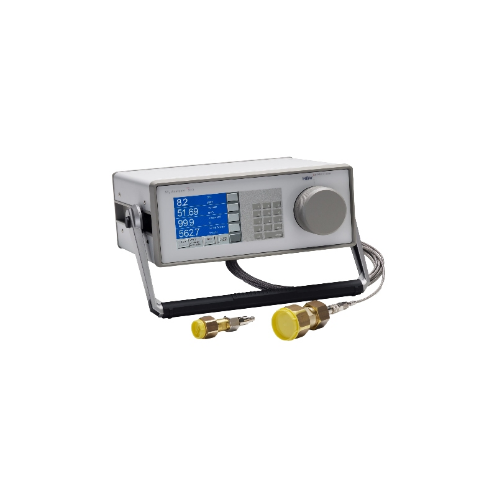Abstract: As for Gel Battery VS Lead Acid, what is the difference? This article will introduce the difference between gel battery and acid battery from definitions, working principles, advantages and disadvantages, materials, maintenance, and application.

Difference between gel and lead acid battery in Definition
Gel Battery: A gel battery is characterized by an electrolyte in a gel state, facilitating the conversion of electrical energy into chemical energy and vice versa.
Lead-Acid Battery: A lead-acid battery is a storage battery utilizing lead and lead oxide as primary electrode materials, with a sulfuric acid solution as the electrolyte.
Difference between gel batteries and lead acid in Working Principles
Gel Battery: The working principle of a gel battery hinges on the gel-state electrolyte, enabling ion transfer and energy storage/release through chemical reactions within the gel.
Lead-Acid Battery: Lead-acid batteries store and release energy through oxidation-reduction reactions between lead and lead oxide.
Difference between gel and acid battery in Advantages and Disadvantages
Gel Battery: Noteworthy advantages include high energy density, extended lifespan, and minimal self-discharge. However, gel batteries incur higher manufacturing costs and exhibit sensitivity to temperature fluctuations.
Lead-Acid Battery: Advantages encompass relatively lower costs, well-established technology, and suitability for high-capacity applications. Drawbacks include larger size, heavier weight, and a shorter cycle life.
Difference between gel battery and lead acid battery in Materials
Gel Battery: Gel batteries typically incorporate gel materials for the electrolyte and employ high-performance chemical substances for electrode materials.
Lead-Acid Battery: Primary electrode materials in lead-acid batteries are lead and lead oxide, with a sulfuric acid solution serving as the electrolyte.
Difference between lead acid battery and gel battery in Maintenance
Gel Battery: Gel batteries generally demand less maintenance but require careful usage due to sensitivity to temperature and environmental conditions.
Lead-Acid Battery: Regular maintenance is essential for lead-acid batteries, including fluid level checks and monitoring of charging voltages.
Difference between sealed lead acid and gel batteries in Application
Gel Battery: Gel batteries find application in scenarios requiring high energy density and prolonged cycle life, such as solar energy storage systems and unmanned aerial vehicles.
Lead-Acid Battery: Widely utilized in automotive starting batteries, UPS systems, and other applications requiring substantial capacity and cost-effectiveness.
Gel Battery VS Lead Acid Conclusion
Understanding the nuanced differences between gel batteries and lead-acid batteries is crucial for informed decision-making in selecting the appropriate energy storage solution for specific applications. From definitions to working principles, advantages and disadvantages, materials, maintenance, and application scope, each aspect contributes to the distinctive characteristics of these two battery types.






